The Honda CR-Z is a Used Car Hidden Gem
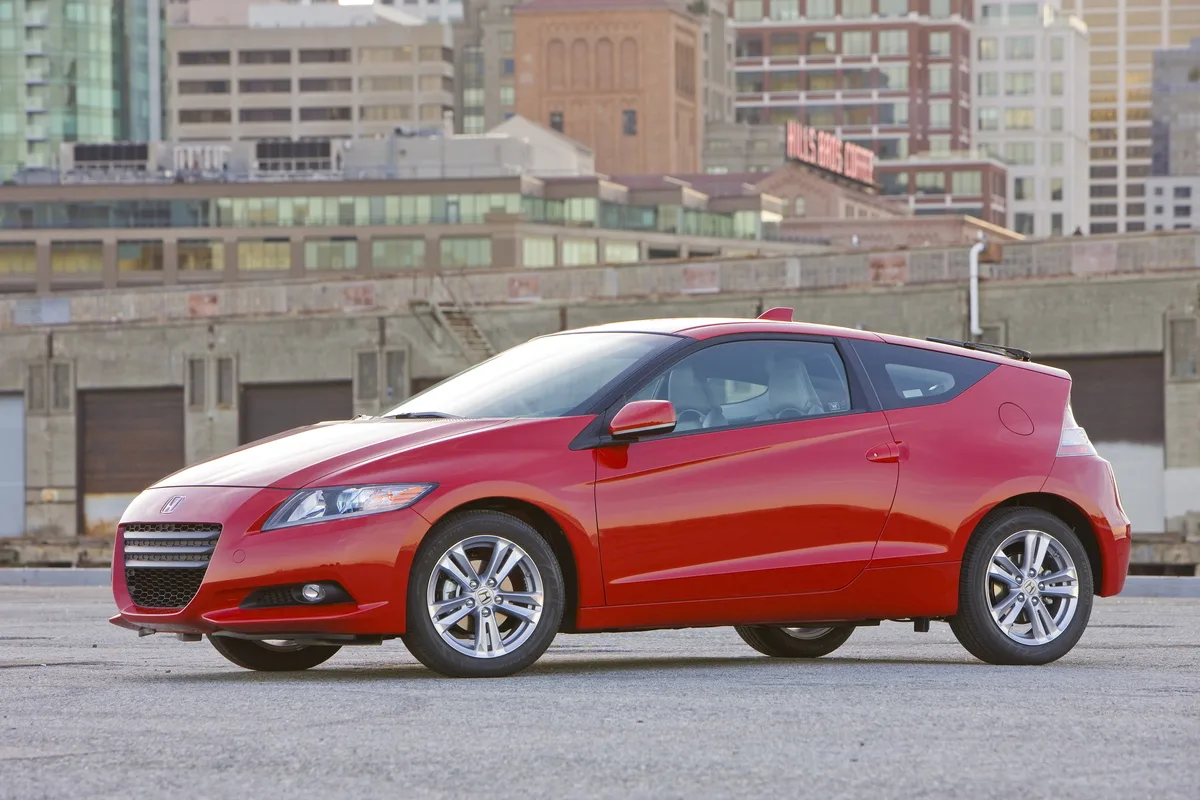
Contents
Quick Take
- Pros: distinctive design, nifty interior, available manual transmission
- Cons: neither very sporty nor very efficient, noisy cabin
The Honda CR-Z has a bit of an identity crisis. Inspired by the iconic CR-X of the 1980s, its shapely sheetmetal gives off hot-hatch vibes, as does its space-age interior, complete with glowing red gauges. It’s also one of the only hybrids ever offered with a manual gearbox.
But the CR-Z’s sporty good looks are somewhat deceiving. It handles well, but its hybrid powertrain can only muster 130 horsepower at best. While that’s an improvement over the original CR-X, the CR-Z has more weight to move, making it feel a bit sluggish. Its mid-30s mpg rating is also on the low side for a hybrid. Plus, like most Hondas from the era, it suffers from prominent road noise at speed.
Still, there’s no denying that Honda’s quirky little two-seater packs more personality per pound than any other hybrid on the market.
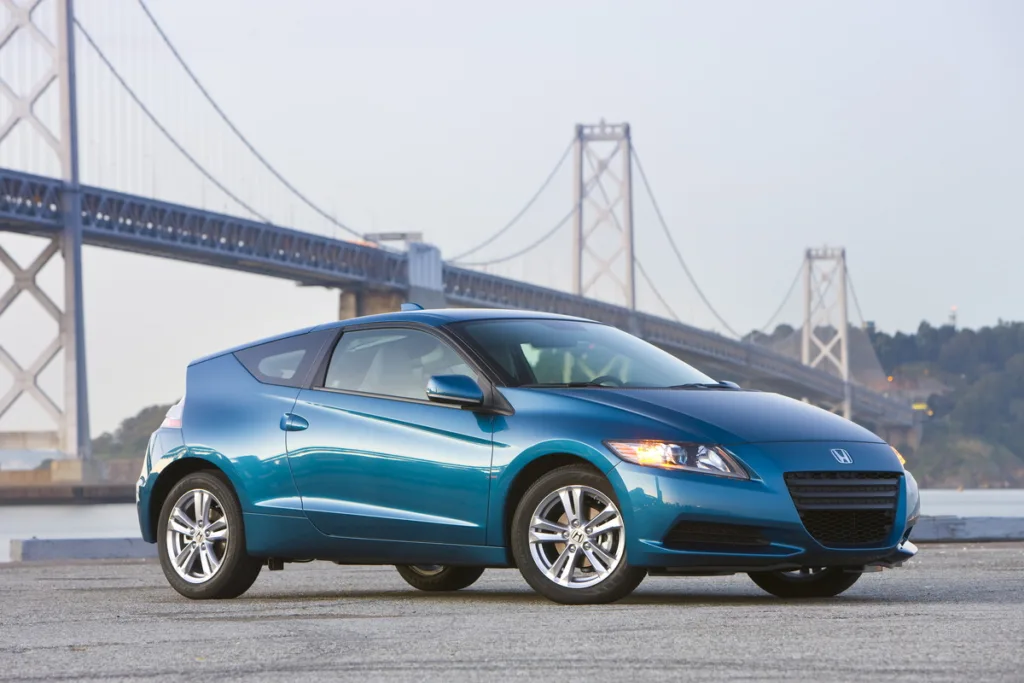
Introduction
- Introduced in 2011 and designed to combine sportiness with hybrid efficiency
- Based on the Honda Fit platform and built in Japan
- Discontinued in 2016 due to slow sales and market changes
Honda unveiled the CR-Z for the 2011 model year, positioning it as a bold foray into the world of sporty hybrids and a spiritual successor to the beloved CR-X. Chief designer Motoaki Minowa envisioned it as a symbol of a “brighter future,” merging the excitement of a sports car with the responsibility of a hybrid.
Built on the versatile Honda Fit platform, the CR-Z was engineered to offer a more engaging driving experience than typical hybrids of the time. While sharing some of the Fit’s mechanical foundations, the CR-Z carved out its niche with its distinctive styling and driver-focused interior, distancing itself from the Fit’s utility-oriented design. All units were assembled in Honda’s renowned Suzuka factory, known for its high standards and attention to detail.
The CR-Z’s market entry was met with curiosity and cautious optimism. It promised a blend of fun and efficiency in a segment often criticized for lackluster driving dynamics. Early reviews were generally positive, praising its agile handling and unique aesthetic. However, it faced challenges maintaining sales momentum as gas prices started to decline in the mid-2010s. The shifting economic factors and evolving consumer expectations for hybrids impacted its appeal.
Despite its innovative approach and initial buzz, the CR-Z couldn’t sustain strong sales figures, leading to its discontinuation in 2016. Over its seven-year run, it saw modest sales in the U.S., with just over 35,000 units sold. This outcome reflected not just the market conditions but also the inherent challenges in balancing sportiness with hybrid efficiency in a segment that was still finding its footing.
In retrospect, the CR-Z stands as a unique chapter in Honda’s history- an ambitious blend of design, technology, and environmental consciousness- a testament to the automaker’s willingness to push boundaries in the automotive realm.
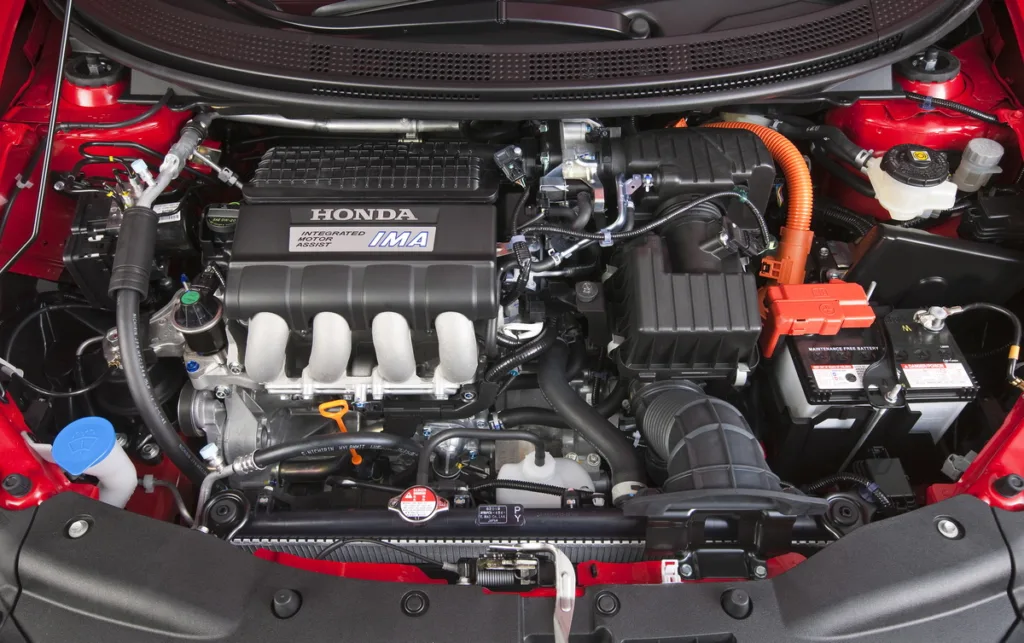
Powertrain and Performance
- Hybrid powertrain with up to 130 hp and 127 lb-ft of torque
- Available with either a six-speed manual or a CVT
- EPA fuel economy estimates of 33-36 mpg (combined)
The CR-Z pairs the 1.5-liter four-cylinder from the Honda Fit with an electric motor and a small battery pack. Working together, the combo initially produced 122 horsepower and 123 lb-ft of torque. A 2013 upgrade, including a switch from nickel-metal hydride to lithium-ion batteries, upped those figures to 130 hp and 127 lb-ft, respectively. The trip to 60 mph takes about nine seconds, and power routes to the front wheels (only).
The CR-Z uses Honda’s Integrated Motor Assist (IMA) technology in its sixth iteration since its debut in the original two-seat Honda Insight (2000-2006). IMA is a more straightforward setup than most other hybrids. Essentially, it sandwiches a small electric motor between the engine and the transmission. It provides a modest boost when you press on the go pedal and recuperates some energy when you let off. Models with upgraded batteries (2013-2016) also gain an S+ boost button on the steering wheel. It delivers short bursts of additional power upon demand.
The IMA’s simple setup enabled Honda engineers to bolt on any transmission they’d like. Fortunately, they decided to offer not just a continuously variable automatic (CVT), which seems ubiquitous among hybrids, but also an excellent six-speed manual. The stick shift underperforms the CVT in terms of fuel economy, earning a 33 mpg combined rating from the EPA vs. 36 mpg for the automatic. But it’s far more enjoyable to drive, making the slight dip in efficiency worth it.
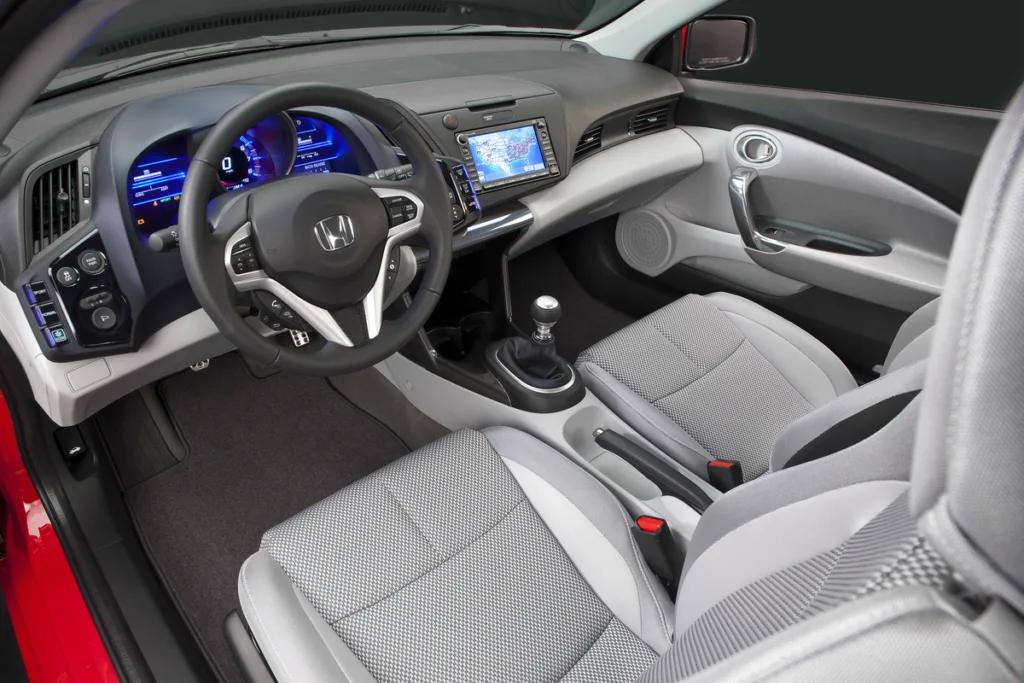
Interior and Features
- Two-seat cabin with distinctive driver-focused controls and displays
- Bluetooth connectivity and rearview camera both added as standard equipment starting in 2013
- Blind-spot monitoring available for 2016 models only
Perhaps the best part of the CR-Z is its interior. Unlike its bare-bones sibling, the Fit, the CR-Z boasts a more upscale, driver-focused cabin that blends futuristic design, quality materials, and typically excellent Honda ergonomics. The dashboard is dominated by a unique tachometer-encircled digital speedo that glows red or blue, depending on which of the three drive modes is selected (normal, sport, or econ). Both front seats are supportive and well-bolstered, offering a variety of manual adjustments. For the U.S. market, Honda eliminated the CR-Z’s tiny rear seats; in their place is a modest storage area, which can fold down to expand the rear cargo area to a spacious 25.1 cubic feet.
Base models come standard with 16-inch alloy wheels, cloth upholstery, power locks and windows, automatic climate control, cruise control, and a six-speaker audio system with a CD player and a USB port. Bluetooth connectivity and a rearview camera were both added as standard equipment starting in 2013. Stepping up to the EX adds xenon headlights, heated side mirrors, and an upgraded seven-speaker stereo. Notable options include touchscreen navigation and 17-inch wheels. Notably, Honda added the top-tier EX-L trim for the CR-Z’s final model year, 2016. It offers leather upholstery and heated front seats and includes the otherwise optional navigation system.
Safety features in the CR-Z include standard front, side, and curtain airbags, along with stability and traction control. Most advanced safety features, such as lane departure warning or automatic emergency braking, were not available in the CR-Z; however, in 2016, it did add blind-spot monitoring on the EX and higher trims.
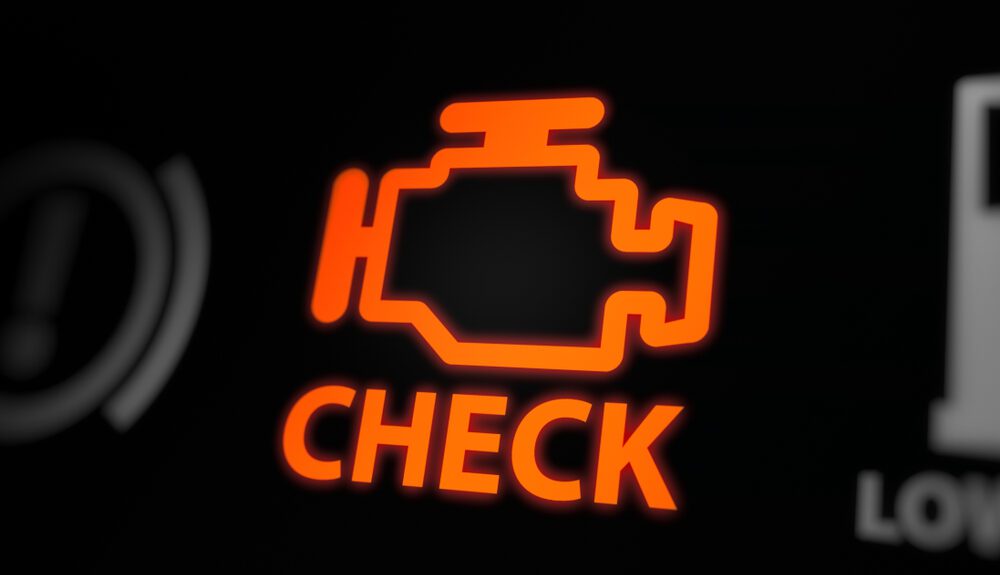
Problem Areas
Like most Hondas, the CR-Z is generally considered a well-built and reliable vehicle. That’s backed up by a strong 4.7-star overall rating for the model by owners on Edmunds consumer reviews. Still, it has a few potential issues that prospective buyers should be aware of.
Battery Life and IMA System
Battery longevity is an essential factor for any used hybrid shopper. Fortunately, the CR-Z’s battery pack has so far proved to be quite robust. Nevertheless, some examples can show signs of degradation over time, especially as the miles add up, leading to diminished performance. A few CR-Z owners also reported issues with its Integrated Motor Assist (IMA) system, including warning lights and reduced assist from the electric motor. These problems often require professional diagnostics and potentially costly repairs.
As a result, we recommend that potential buyers have any examples they’re seriously considering checked out by a Honda specialist before purchase to ensure the hybrid system is in good health.
Takata Airbag Recall
CR-Z models built between 2011 and 2015 may have Takata-supplied airbags, which have been reported to cause injury to passengers when deployed. Honda has an ongoing recall campaign to replace the defective airbags. Ensure that any example you’re looking at has had that recall work carried out. You can do so here on the Honda website.
Fading Paint and Broken Door Handles
Some CR-Z owners have also found that the factory paint tends to dull and fade over time, especially with prolonged exposure to the sun. This issue affects many Hondas from the era, not just the CR-Z. Closely examine the hood, roof, and bumpers for signs of paint degradation, and be aware that significant repainting work can be costly.
Similarly, the CR-Z’s exterior door handles tend to weaken and come loose with age and use. Fortunately, some in the CR-Z owner’s community have developed a relatively easy fix. Check out this post on the CR-Z Forum for more info.
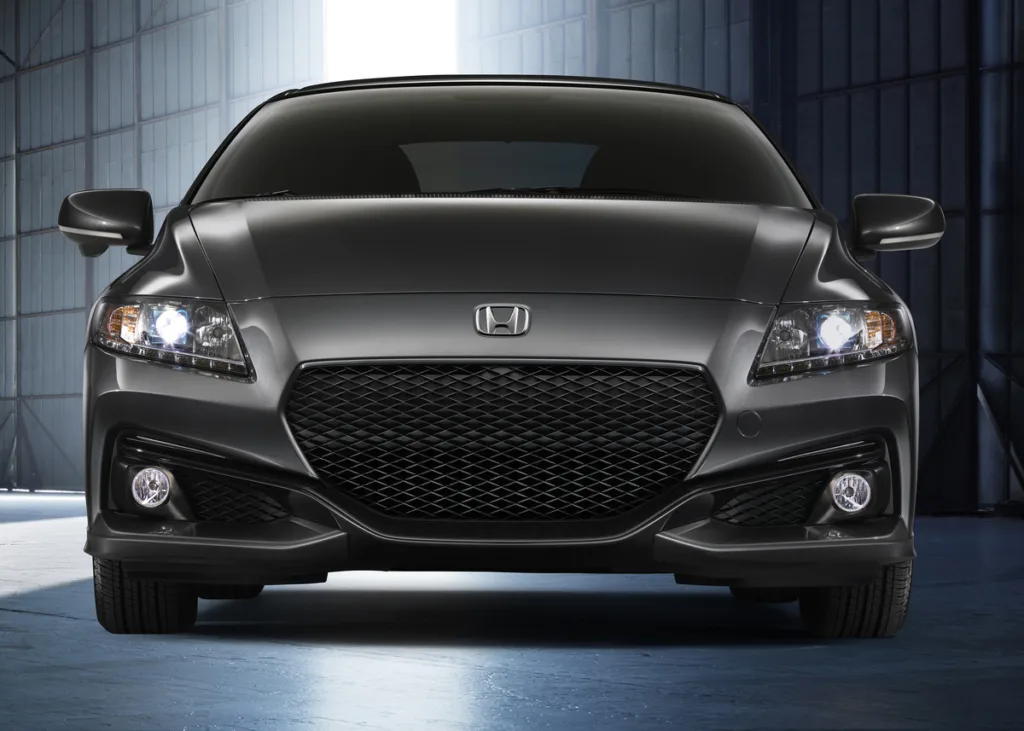
The Best Years
If you’re shopping for a used CR-Z, we recommend the following model years.
2013-2015: The Sweet Spot
The 2013-2015 model years are generally seen as the sweet spot for the CR-Z. The 2013 model year brought significant updates, including a more powerful battery (switching to lithium-ion), a boost in horsepower, and enhanced interior features, including standard Bluetooth connectivity. These improvements make the CR-Z more appealing in terms of performance and comfort. The reliability of these years is also generally strong, with fewer reports of major issues.
2016: The Ultimate CR-Z
As the CR-Z’s final model year, 2016 examples benefit from all the refinements and updates made throughout its production run. They also benefit from a minor refresh carried out for that year, which updated the front and rear bumpers and added some new desirable options, including blind-spot monitoring. Additionally, 2016 is the only year that the CR-Z could be had in upscale EX-L trim, which boasts heated leather seats and other niceties that are typically hard to find in an economy car.
Years to Avoid
On the other hand, we suggest skipping the following model years, which have some notable weaknesses.
2011-2012: Teething Issues
The earliest model years of the CR-Z are considered less desirable. These come with a less efficient nickel-metal hydride battery and offer lower power output. The base models from these years also lack some desirable standard features, such as Bluetooth smartphone integration and a backup camera. Additionally, they may be more prone to the early teething issues common in new models, such as glitches in the IMA system.
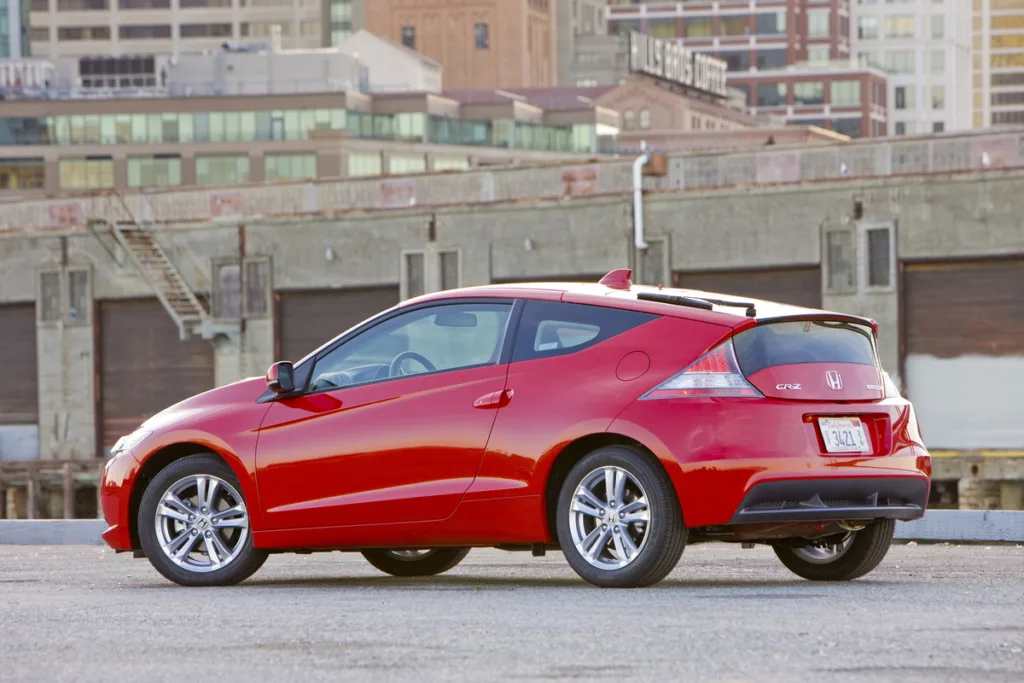
The Bottom Line
The Honda CR-Z is a unique offering in the used hybrid market, blending sporty design with eco-friendly technology. Its distinctive style, engaging dynamics, and available manual transmission make it an intriguing choice for those who prioritize driving enjoyment alongside fuel efficiency.
While it may not excel in outright sportiness or deliver the highest levels of hybrid efficiency, the CR-Z offers a middle ground that can be very appealing. Think of it as a fun-to-drive commuter. It doesn’t cost much, but it puts a smile on your face each time you get behind the wheel.
Photos courtesy of Honda